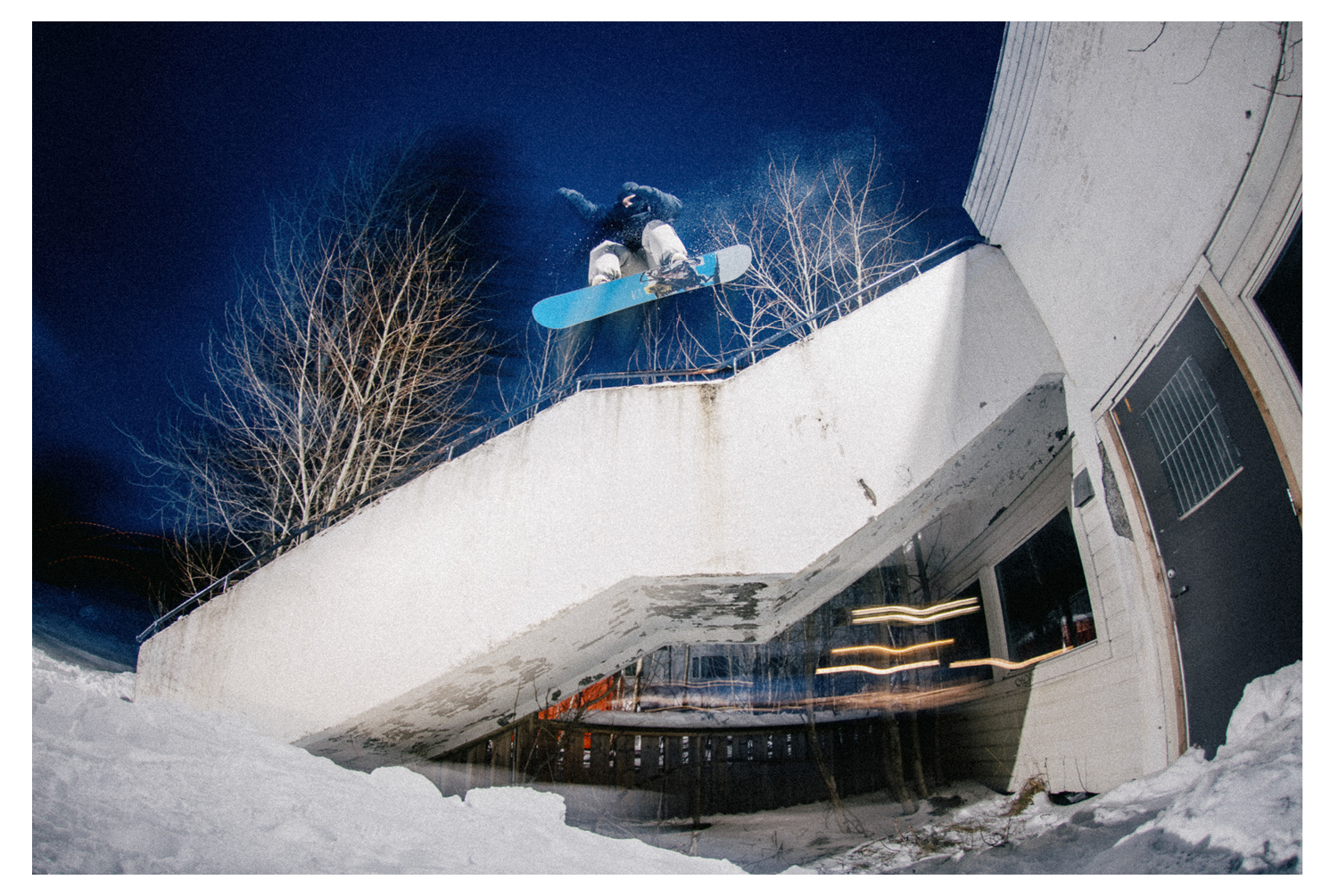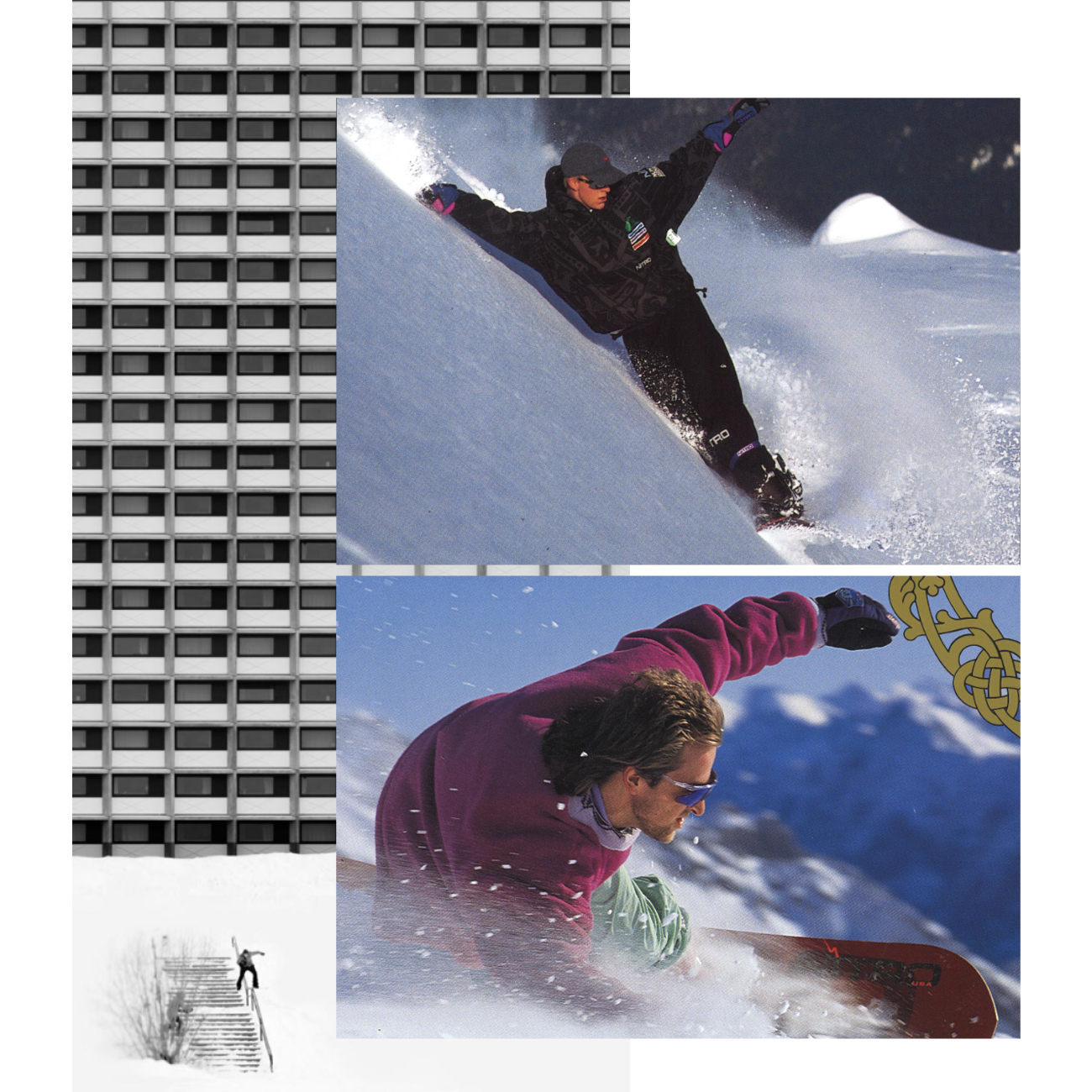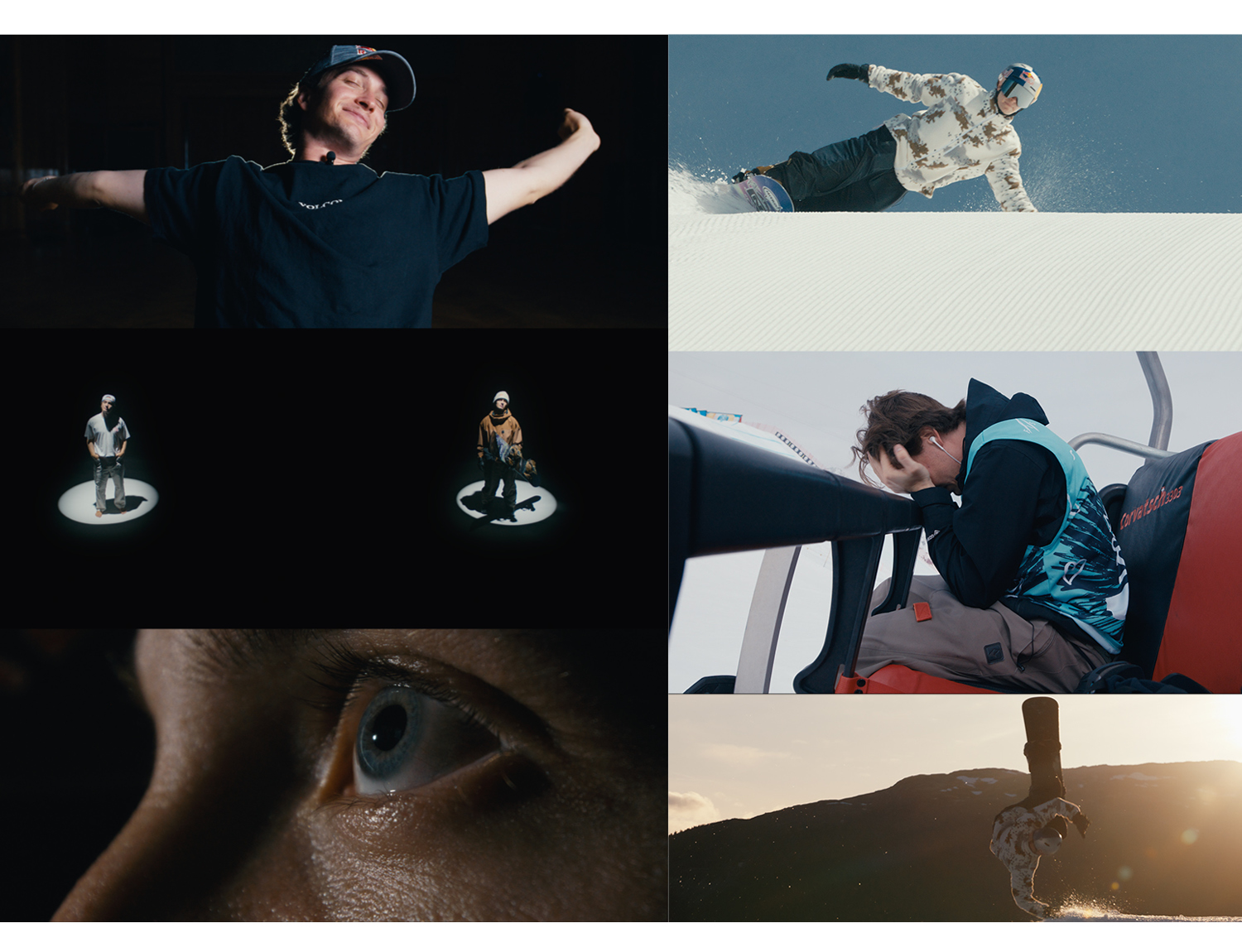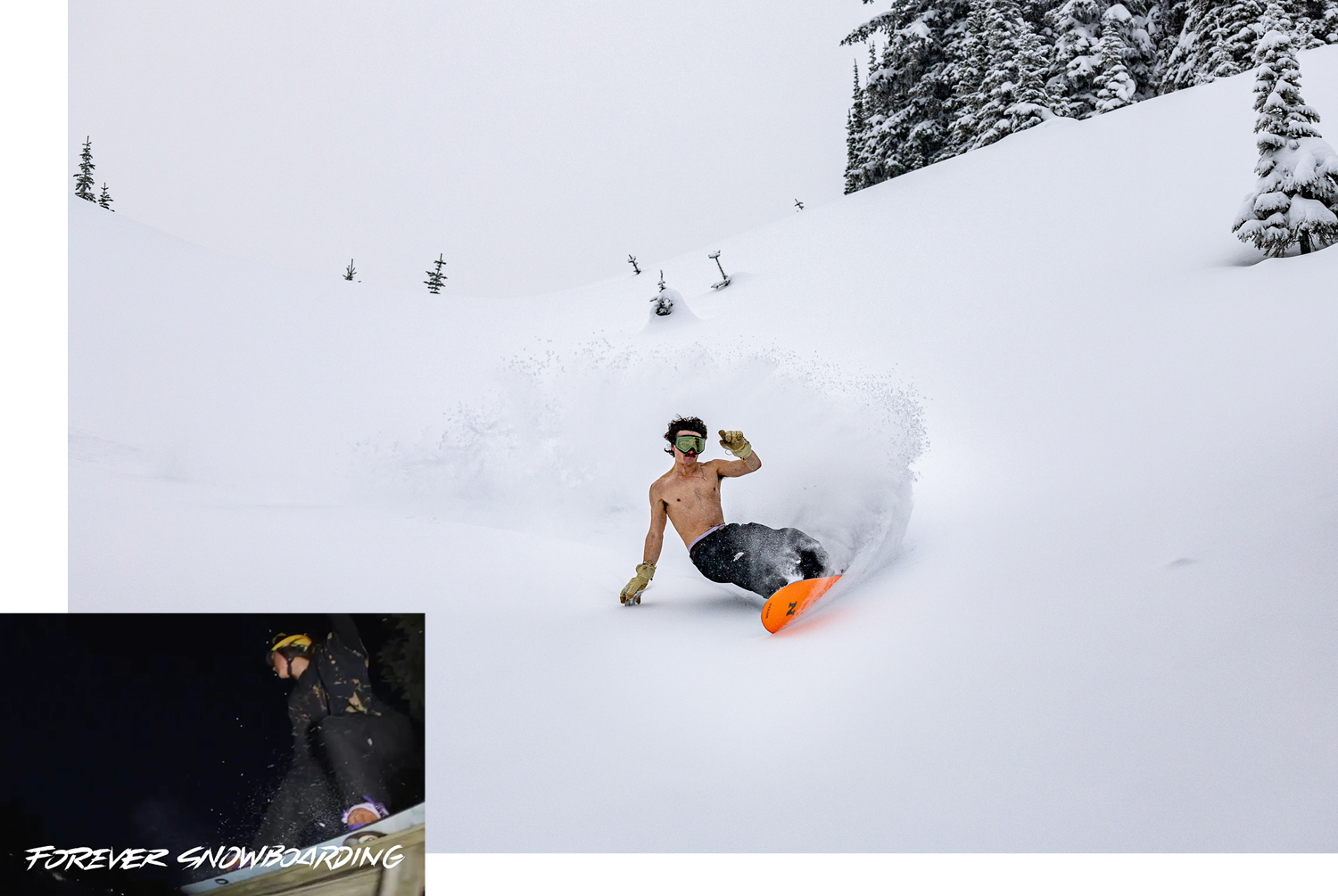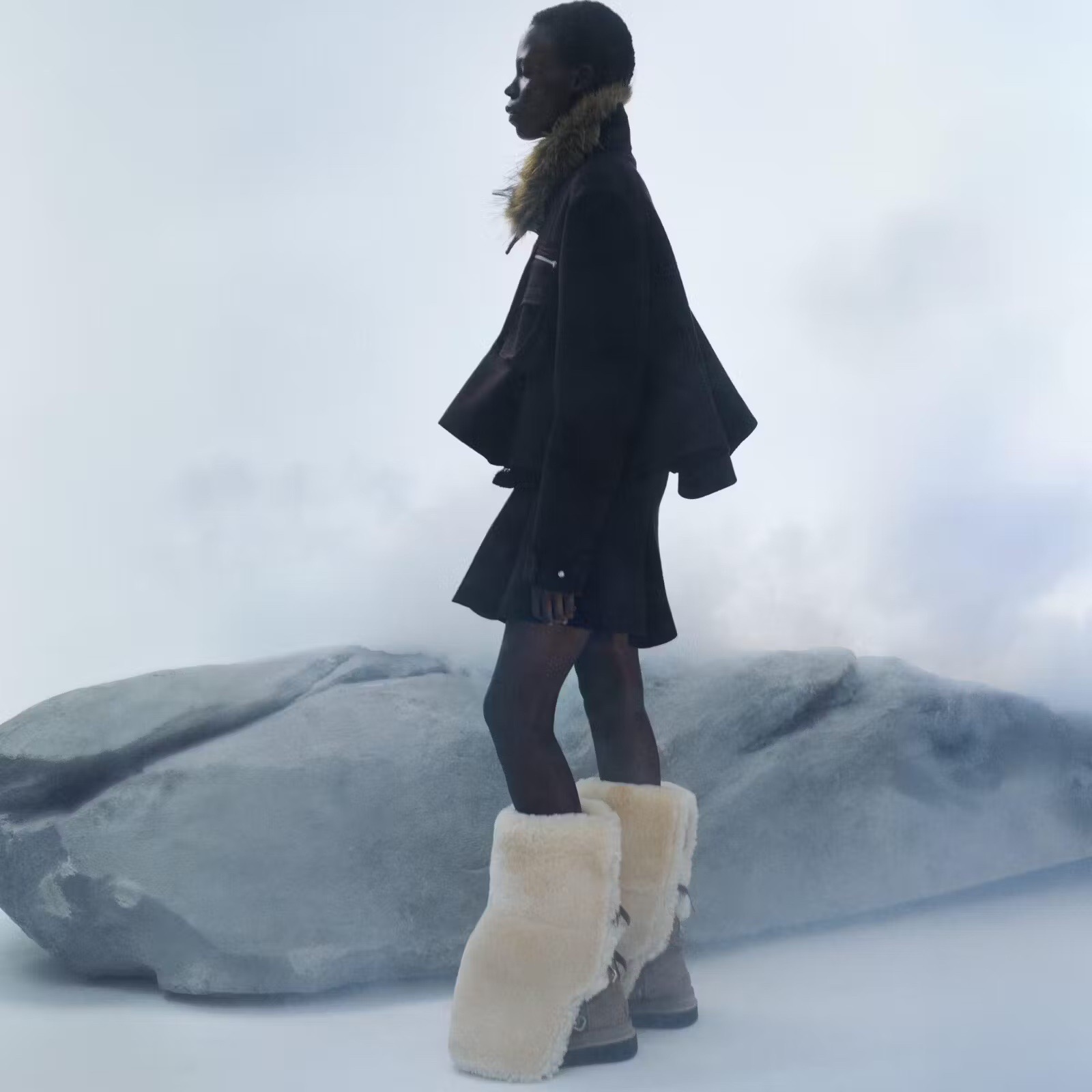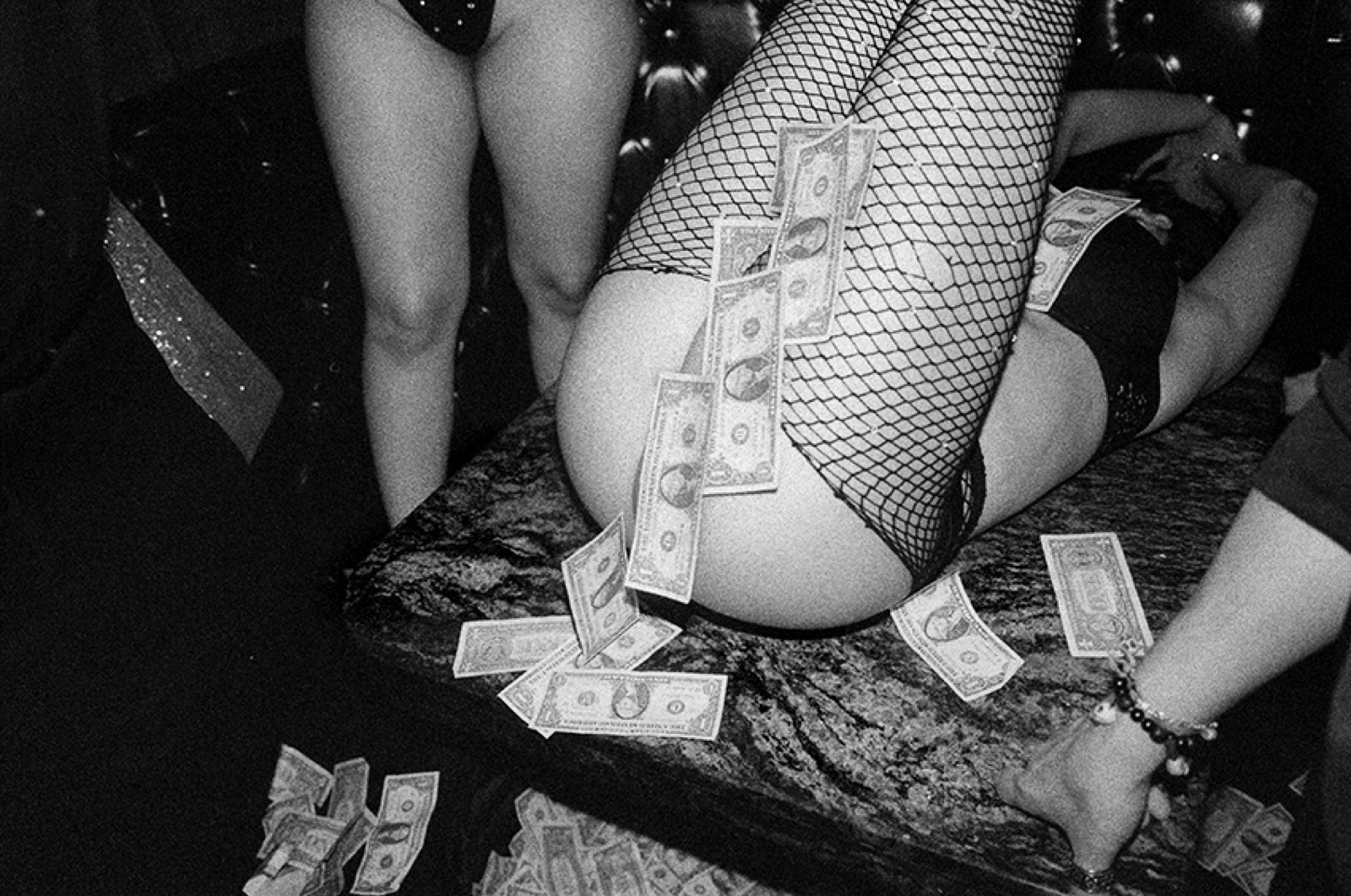Finding a Language: Design, Art and Performance
As Nitro evolves, it begins to construct a distinct visual language. Graphics move from simple outlines into an expressive mixture of illustration, collage, photography and handwritten elements. Boards become extension points for artistic experimentation. Manuals from the nineties show a blend of factory atmosphere, process shots, rider notes and on the road imagery.
This era defines a core principle for Nitro: engineering and creativity are inseparable. Care in design is matched by curiosity in materials and shapes. The brand grows through instinct and daily riding rather than through marketing departments. Every board reflects an evolving conversation between riders, designers and the culture around them. Innovation appears not as a slogan but as a byproduct of people trying to build better tools for their own riding.
The Rider and Creative Era: Urban Influence and Subculture Energy
By the late nineties and early two thousands Nitro becomes deeply connected to snowboard media culture. The brand’s visual output is shaped by the energy of punk, skate and DIY print aesthetics. Grainy film stills, photocopied textures, scrawled typography and street influenced photography define the catalogues of this era.
The team becomes the core of Nitro’s identity. Riders are not just faces in ads but presences across films, editorials, shop culture and collaborative projects. Influential figures such as Marcus Kleveland, Eero Ettala, Elias Elhardt, Austin Smith, Bryan Fox, Sam Taxwood, Jeremy Jones and Sven Thorgren shape the brand from within. They influence the imagery and direction, not as spokespeople, but as contributors to a shared language.
This period culminates in the long form documentary 28 Winters, which traces Nitro’s heritage and present through the voices of its riders. It frames Nitro as a family documenting itself, reinforcing the sense that the brand lives inside snowboarding rather than beside it.
Reflection and Storytelling: From Objects to the Life around them
As the culture matures, Nitro’s lens widens. The spotlight shifts from tricks to the life surrounding them. Boards remain essential, yet the narrative expands to the landscapes and relationships that give riding its soul. Snowboarding becomes a world built on road trips, cabins, mountain lines, friendships and the creative spaces that exist in-between.
Projects like The Quiver and Layers embody this evolution. The Quiver frames boards as companions carried through different chapters of a rider’s life, while Layers maps snowboarding as a constellation of people, communities and stories scattered across the globe. Cake adds to this with a celebration of pure fun and progression, capturing how riders move when they’re simply enjoying the mountain.
This approach places experience above spectacle. It makes clear that Nitro’s products are never just objects; they come alive through the hands, journeys and stories of the people who ride them.
 https://www.nastymagazine.com/wp-content/uploads/2017/10/Mario-Zanaria-Julianna-2.jpg
1005
1500
Editor Nasty
https://www.nastymagazine.com/wp-content/uploads/2015/02/new-logo-basker-WHITE4.png
Editor Nasty2017-10-10 16:55:242017-10-11 19:13:19Julianna
https://www.nastymagazine.com/wp-content/uploads/2017/10/Mario-Zanaria-Julianna-2.jpg
1005
1500
Editor Nasty
https://www.nastymagazine.com/wp-content/uploads/2015/02/new-logo-basker-WHITE4.png
Editor Nasty2017-10-10 16:55:242017-10-11 19:13:19Julianna

